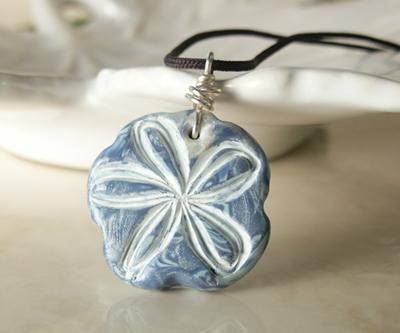Gloss, matte, and satin finishes are commonly used terms when it comes to describing the sheen or level of shine on a surface. They are often used in the finishing of surfaces such as furniture, walls, and even cars. However, they can also be used in the world of polymer clay, specifically when it comes to choosing the appropriate varnish to protect and finish clay projects.

Polymer clay is a versatile material that has become immensely popular among artists, hobbyists, and crafters alike. Its pliability and ability to hold fine details make it an excellent choice for creating jewelry, figurines, and other decorative objects. The finished product, however, requires a varnish to protect it from damage, moisture, and dirt. Varnishing also enhances the finished product by providing a glossy, matte, or satin finish.
Choosing the right gloss level in polymer clay varnish is important, as it can greatly affect the appearance of the finished piece. Unlike other materials, which may have a uniform surface, polymer clay projects have varying levels of texture and color. Certain varnishes may cause the colors to appear dull or lifeless, while others may make them too shiny or reflective. Varnishes that are too thick or too thin can also affect the finish, resulting in uneven or streaky surfaces.
To avoid these issues, it is important to choose a varnish that has the appropriate gloss level. There are three main levels of gloss: Matte, Satin, and Gloss. Matte varnishes have the lowest level of shine and are perfect for achieving a subtle finish. Satin varnishes have a slightly higher level of shine and can provide a smooth surface without being too reflective. Gloss varnishes have the highest level of shine and are perfect for projects where a high-gloss finish is desired.
When choosing a varnish for polymer clay, it is important to consider the type of project and the desired finish. For example, jewelry pieces may benefit from a higher gloss level to give them a polished, professional look. On the other hand, figurines or sculptures may look better with a lower gloss level to enhance the details and texture. Additionally, the varnish should be compatible with the type of clay used, as not all varnishes are suitable for all types of clay.
One of the leading suppliers in the printing, packaging, and plastics industry, UP Group, recognizes the importance of varnishing and finishing in polymer clay projects. With a wide selection of varnishes suitable for different levels of gloss, the company ensures that crafters and artists can achieve their desired results.
Established in August 2001, UP Group has grown to become one of the most reputable companies in the industry, providing high-quality products and services to a global clientele. From packaging machinery to food processing equipment, the company has a range of offerings to suit the needs of its clients.
In conclusion, choosing the right gloss level in polymer clay varnish is an essential step in creating a polished, professional finish. It is important to consider the type of project, the desired finish, and the compatibility of the varnish with the clay used. UP Group recognizes the importance of varnishing in polymer clay projects and offers a range of varnishes to suit the needs of every crafter and artist, ensuring that their finished products look their best.